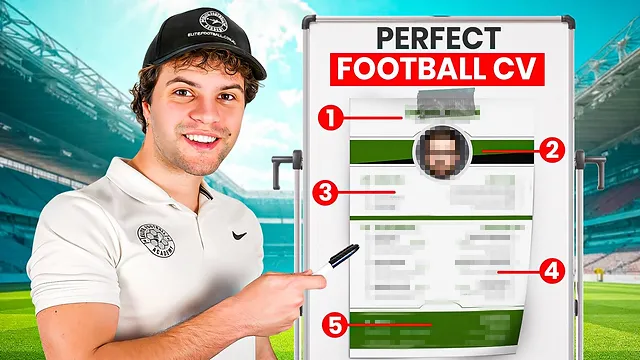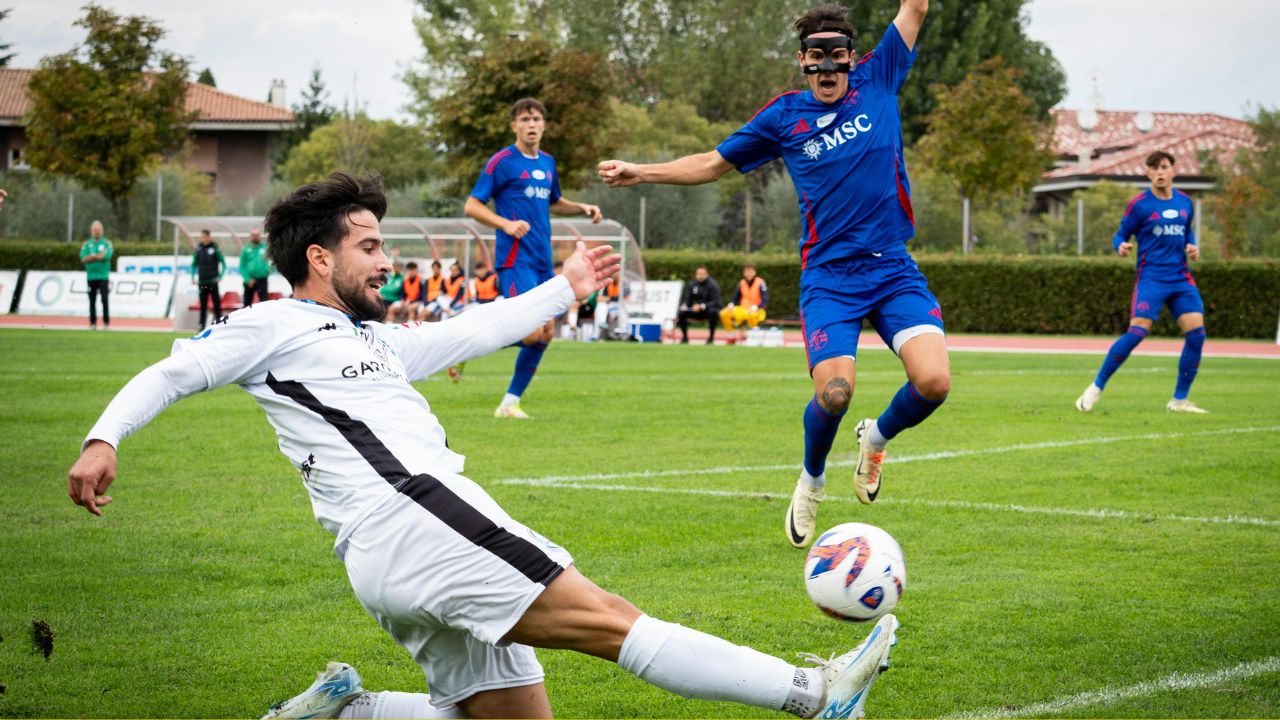A sports CV is a crucial tool for any athlete looking to catch the attention of clubs and recruiters. Unlike a traditional CV, it focuses on sports achievements, experience, and key statistics. The first step is to structure the document clearly by including essential personal information (name, age, height, weight, playing position) along with a professional photo in sports attire. It’s also important to add a career summary highlighting the player’s strengths and ambitions.
Next, the athlete should detail their sports background by listing previous clubs, competitions played, and personal statistics (goals scored, assists, playing time, etc.). Adding performance videos can be a major advantage, as they allow recruiters to assess technical and physical skills directly. A section showcasing awards, trophies, and selections in national or regional teams will further strengthen the profile’s credibility.
Finally, a strong sports CV should include references such as coaches’ or agents’ contact details. It’s also advisable to add a section on education and certifications, especially in sports-related fields (physical preparation, tactical training, etc.). A clean, well-structured layout is essential to quickly grab recruiters’ attention. By following these tips, an athlete can maximize their chances of being noticed by a club and take the next step in their career.






